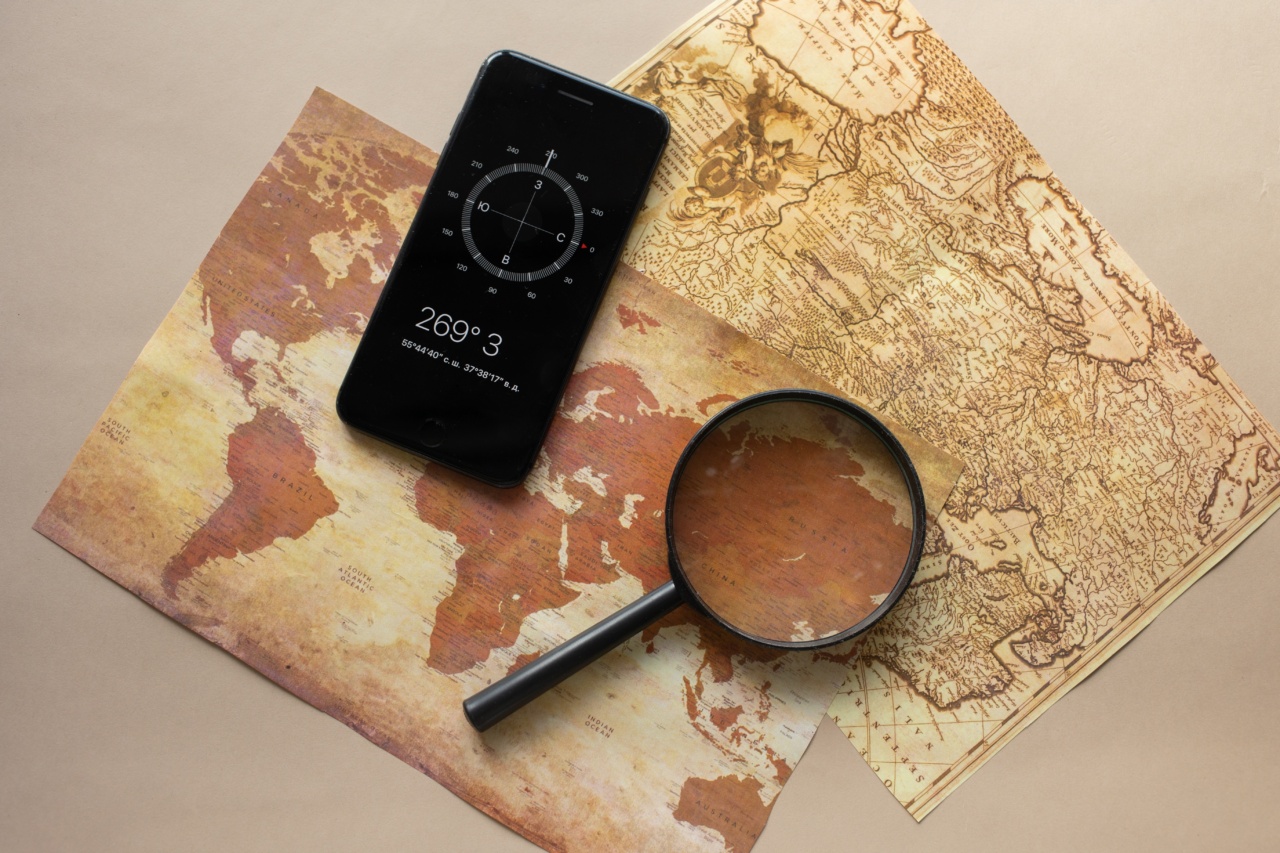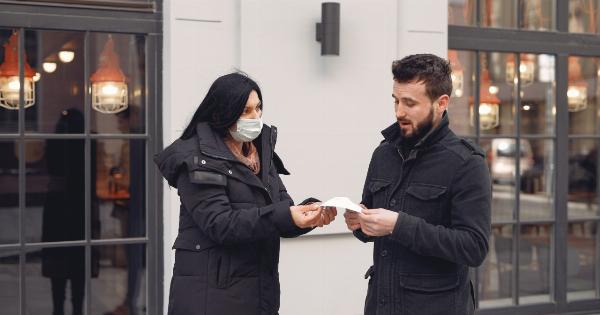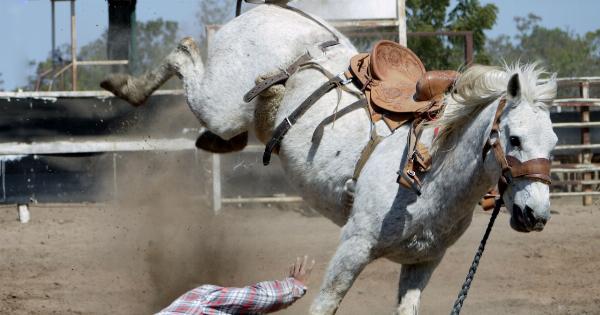Discovering abandoned bunnies can be heartbreaking, but it’s essential to know the right steps to take in order to ensure their well-being.
Whether you stumble upon a nest of baby bunnies without a mother or find an adult bunny in distress, this comprehensive guide will help you understand what to do and how to provide the best care for these vulnerable creatures. Here’s everything you need to know:.
1. Assess the Situation
When you come across abandoned bunnies, it’s crucial to assess the situation carefully. Avoid rushing to any conclusions before observing their behavior and surroundings.
Determine whether the bunnies are indeed abandoned or if their mother is merely temporarily absent.
2. Observe from a Distance
It’s best to maintain a safe and non-threatening distance from the bunnies while observing their behavior. Often, mother bunnies leave their babies alone for extended periods, returning only to nurse them.
If the bunnies appear plump and healthy, it’s likely their mother is still caring for them.
3. Contact a Local Wildlife Rehabilitation Center
If you are unsure about the bunnies’ situation or if you notice any signs of distress, it’s wise to contact a local wildlife rehabilitation center for further guidance.
These centers have experienced staff who can assess the situation and advise you on the best course of action.
4. Determine the Bunny’s Age
Knowing the bunny’s age is crucial as it determines their needs and chances of survival. Newborn bunnies have closed eyes and minimal fur, while older ones have fur and open eyes. The eyes of baby bunnies typically open around day 10.
If the bunnies are eyes-closed newborns, they require immediate attention and specialized care.
5. Create a Safe Environment
If the bunnies are in immediate danger or their mother is confirmed to be absent, it’s essential to create a safe environment for them. Prepare a cardboard box or a plastic container lined with soft, warm bedding.
Provide enough space for the bunnies to move around comfortably.
6. Keep the Bunnies Warm
Baby bunnies are unable to regulate their body temperature effectively. To keep them warm, place a heating pad or a warm water bottle wrapped in a cloth under one side of their box.
This allows the bunnies to snuggle against the heat source if they feel cold. Ensure the heating pad is on low and never place it directly beneath the bunnies.
7. Feeding the Bunnies
If the bunnies are newborns without their mother, they require a specific diet. It’s crucial to consult with a wildlife rehabilitator or veterinarian for proper guidance.
Generally, feeding kitten milk replacer or goat’s milk using a small syringe or a kitten nursing bottle without a nipple can help provide necessary nutrition.
8. Postpone the Bath
Contrary to popular belief, bunnies do not need frequent baths. In fact, bathing can cause them stress and hypothermia. Avoid giving baths unless explicitly recommended by a veterinarian or wildlife rehabilitator.
9. Avoid Excessive Handling
While it’s essential to provide care, it’s equally crucial to limit handling the bunnies unless necessary. Frequent handling can cause stress and may contribute to health problems.
Maintain a quiet and calm environment around the bunnies to promote their well-being.
10. Contact a Wildlife Rehabilitator
If the bunnies’ mother does not return within 24 hours or if they require immediate medical attention, it’s crucial to contact a wildlife rehabilitator.
These professionals possess the necessary skills and resources to care for the bunnies and, if possible, prepare them for release back into the wild.
Conclusion
Discovering abandoned bunnies can be a challenging and emotional experience, but knowing what to do can make a significant difference in their well-being.
By assessing the situation, contacting professionals when needed, providing a safe environment, and understanding their specific needs, you can ensure the best possible care for these adorable creatures.





























